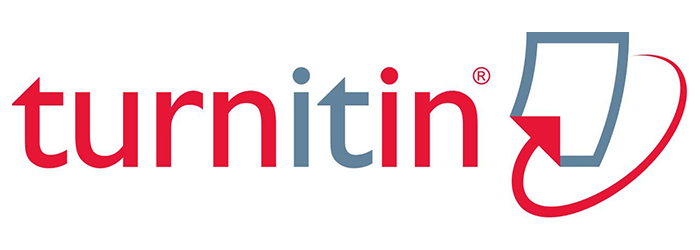Meningkatkan Kemampuan Membuat Manisan Pepaya Melalui Metode Proyek Bagi Anak Tunarungu
 ), Fatmawati Fatmawati(2),
), Fatmawati Fatmawati(2), (1) Universitas Negeri Padang
(2) Universitas Negeri Padang
 Corresponding Author
Corresponding Author
Copyright (c) 2022 Jurnal Penelitian Pendidikan Khusus
Abstract
This study aims to prove whether the project method can improve the possibility of making candied papaya for deaf children. The research method used is classroom action research, which consists of two cycles. The project method allows deaf students to properly and correctly make candied papaya. Based on the results of the study, the ability to make candied papaya increased initially compared to before using the project method. This is apparent from the research results that use the project method to improve the production of candied papaya.
Keywords
References
Budi, S., Nurhastuti, N., & Utami, I. S. (2021). Edukasi Mencuci Tangan Dalam Upaya Pencegahan Virus Corona Melalui Video Tutorial Pada Mahasiswa berkebutuhan Khusus Di Pendidikan Tinggi. Jurnal Pendidikan Kebutuhan Khusus, 5(1), 19–23. https://doi.org/10.24036/jpkk.v5i1.564
Budi, S., Ukhti, A., & Utami, I. S. (2022). Meningkatkan Kemampuan Mengenal Huruf Vokal Melalui Metode Fernald Pada Anak Disleksia. 6(1), 750–754.
Daryanto. 2009. Panduan Proses Pembelajaran Kreatif dan Inovatif. Jakarta : Av Piblisher.
Fatmawati, F., Nurhastuti, N., & Hasan, Y. (2018). Wirausaha Pembuatan Kue Kering untuk Meningkatkan Keterampilan Hidup Anak Tunarungu. Jurnal Penelitian Pendidikan Khusus, 6(2), 320-323.
Moeslichatoen. 2004. Metode Pengajaran di Taman Kanak-Kanak. Jakarta : Rineka Cipta
Sumadi. 2005. Ortodidaktik Tunarungu Wicara Jurusan B. Jakarta : Depdikbud
Trianto. 2011. Panduan Lengkap Penelitian Tindakan Kelas. Surabaya : Prestasi Pustakarya
 Article Metrics
Article Metrics
 Abstract Views : 143 times
Abstract Views : 143 times
Refbacks
- There are currently no refbacks.
Copyright (c) 2022 Jurnal Penelitian Pendidikan Khusus

This work is licensed under a Creative Commons Attribution-ShareAlike 4.0 International License.



